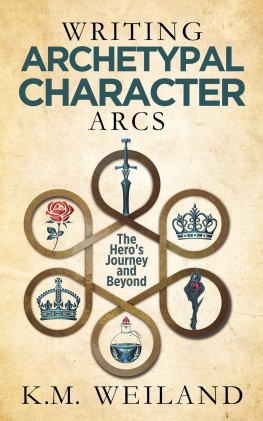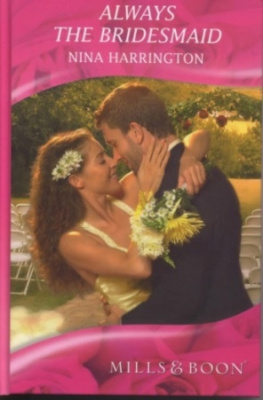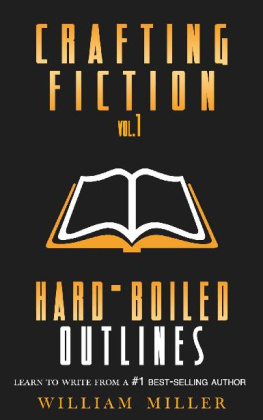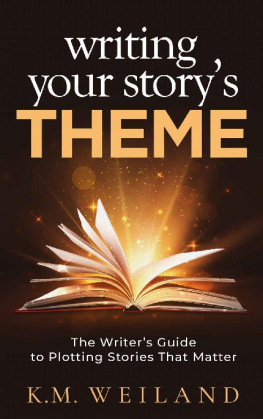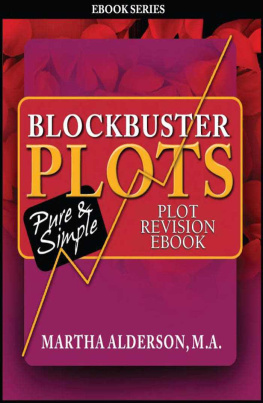Copyright 2020 by J. Thorn and Zach Bohannon
All rights reserved.
No part of this book may be reproduced in any form or by any electronic or mechanical means, including information storage and retrieval systems, without written permission from the author, except for the use of brief quotations in a book review.
I. Getting Ready
II. The Methodology
III. Whats Next
IV. Appendix
Im embarrassed to admit this.
After all J. Thorns hard work, I asked him that most annoying question of successful authors. Hey, how do I do that? Whats the sauce? Whats the formula?
We worked together consulting for a few months. All the while, I read his works and Zach Bohannons books and I wanted to be able to do this kind of thing they could do easily.
Bear in mind that Im a New York Times bestselling author. Of nonfiction. Its a whole different country.
This book has paths. You can completely sink into any one and find your way to success. Or you can be really smart and read more than one to get a dimensionality to your thinking. Or, and Im going to say something mean to you: you can read this book and go back to not publishing a novel.
If you read this book and finish it and you DONT publish a novel, that is all on you and Im thinking mean things about you. This book covers all the important ground. This is a vital piece of material.
These guys are friends. But theyre friends BECAUSE I love their work and trust it. And I can tell you that when I write and publish my fiction novel some time soon, itll be because I followed the advice in here.
The only people who read forewords are authors. Thats something in your favor. Now go earn it by reading this book, and THEN WRITING YOUR OWN DAMNED BOOK ALREADY!
Dont make me grumpy.
Getting Ready
Introduction
How do you turn an idea into a novel?
It sounds simple enough. You have a great idea. You sit down at the computer. Type. Sell your book to an agent, and ultimately, to a publishing house, or self-publish it. Royalties roll in. But it doesnt work like that. In fact, most brilliant ideas die somewhere between inception and the creation of that blank document titled, Chapter 1.
When I asked Seth Godin how he decides on which project to begin, he told me, I dont have a method. I simply know that I must choose. Most people dont embrace that. Pure Seth. Once youve embraced that reality, how do you move forward?
Systems work. Even for creatives. I came to that realization when I started writing in 2009, continuing to develop a system with Zach Bohannon since 2015, because you cant collaborate without a system. A lone artist can sit down at a computer and tell a story in whatever manner she wants, something you cant do when co-writing. But we quickly discovered that our system wasnt just for collaborating. It made our individual writing process more efficient, but more importantly, it made our stories better.
I knew from my days in the classroom that creativity is most vibrant when it has boundaries. We hate deadlines, but the quality of our stories would suffer without themwe know this even though we dont like to admit it.
But those boundaries dont need to be restrictive or formulaic. Three Story Method is a process, not a formula. Its been developed by using the best story methodologies ever created, and youll hear from some of those creators throughout the book.
Once we started refining our process, we knew others just like us would benefit from it.
Im excited to share what Ive learned with you, but before we get into the methodology, lets cover a few basics about this book and how it was written.
Youll notice that there are two author names on the cover and yet, Im speaking to you in the first person as J. Thorn.
Zach Bohannon has been my co-writer and business partner for years. Weve written and published hundreds of thousands of words together, and our process has remained generally the samehe does the first drafting, and I do the revisions. But we knew right from the beginning that Three Story Method would have to be different.
I started my publishing journey in 2009 and have also spent the past 25 years as an educator. Ive taught kindergartners how to read and graduate students how to write. Also, I attended an intense training to become a certified Story Grid editor in 2017 and have been working with clients ever since. Im a student of Story, having read dozens of books, and consuming countless classes on the craft.
Zach started on his path in 2014, and he came from the corporate side. He doesnt have the same educator experience or training as me, and we concluded (at the same time, although separately) that I needed to be the one to write the first few drafts of this book.
But make no mistake. Three Story Method is our process. Weve developed it together over the past several years, having published over a dozen novels weve co-written, and its what we use with our authors in our publishing company, Molten Universe Media.
Rather than trying to write in a plural first person (we), the decision was made to write this book in my voice with Zachs help in revisions. I wrote the first draft and then went through several revisions before sharing it with Zach, who helped to refine all aspects of it.
We believe Three Story Method can help all authors, fiction and nonfiction alike. But in case youre reading the sample and trying to decide whether or not this book is for you, its worth debunking a few common misconceptions.
But I dont write fiction.
Although the majority of the foundation work of Three Story Method has been done for creating fiction, it works for nonfiction as well. The most effective sales copy and persuasive writing does so through Story and therefore, knowing how to build to a draft will make all of your storytelling better, from sales copy, to email blasts, to narrative nonfiction. Even in the corporate and small business world, modern branding is all about storytelling.
I dont plot. Im a discovery writer. Im a pantser.
Were all plotters. Were all pantsers. This is a false dichotomy that has been the source of many heated debates between writers. As youll see in the next section, I believe that some level of planning is the best approach, although that doesnt mean you must plot out every single moment of your novel before you begin drafting.
I dont follow formulas. Im a creative, an artist.
Another major misconception that exists in the author community is that a process and a formula are the same thing. They are not. A formula is like a recipe. You do this, you get that. A process is a method, a workflow, or a way of doing something. You already have a process even if you think you dont. If you always sit down at a blank page and stare at it until words come into your head, thats a processnot a productive one, but its a process, nonetheless.
Three Story Method is designed to be flexible, allowing you to go as deep or as shallow as necessary. For example, if youre a discovery writer, you could still write 85% of your novel without beats or an outline. And if youre a plotter, you might only need 50 words to create a story beat for a chapter of 2,000 words, which means that youre pantsing 99% of the words written for that chapter.


